Yim and I visited Puerto Escondido in southern Mexico in 2018. We stayed in a small resort called Posada Real, right on the Playa Bacocho, a long beautiful stretch of beach on the Pacific Ocean.
Each morning, after breakfast, we would walk the entire length of the beach, which took close to two hours. The Pacific is a rough ocean and the waves were stunning. Most days, we were the only people along the beach.
One of the highlights of our stay was the Turtle Release Program, which took place several times a week. We had booked the opportunity weeks in advance. It’s something I very much wanted to take part in.
Once arriving at the beach, the program begins with a ten minute orientation on the project and it’s importance to the shores of Puerto Escondido. The volunteers spend some time introducing you to the threats sea turtles face along the coastlines here. I was not surprised at all to learn there was a huge decline in nesting in Mexico. I think most everyone know that intuitively.
Every night, the employees of the project patrol over 27 kilometres of coastline around the hatchery on ATVs. They search for nests to protect from human and natural threats. When they find any, they project the eggs and try to keep them at a specific temperature. This insures that the nest will hatch an even number of each sex.
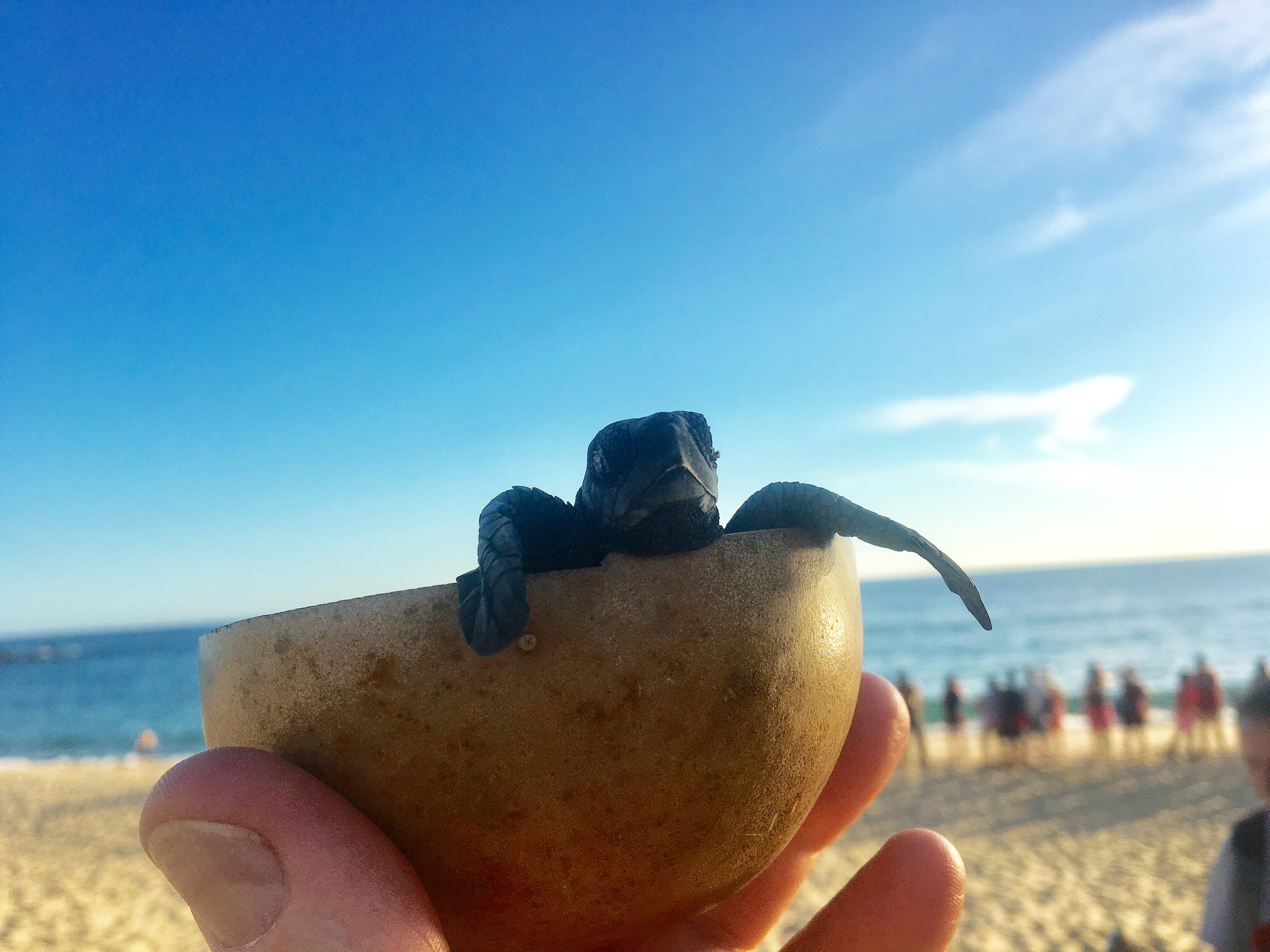
Sea turtles eggs have temperature dependant sex determination and eggs below 27.7° C will hatch as males whereas eggs above 31° hatch as females. The range between the two produces a mix of both sexes. Too much sunshine and heat can also lower the hatching rate of turtle eggs.
The eggs are prone to being stolen by locals as it is traditional in the state of Oaxaca to eat turtle eggs as a delicacy. Men traditionally believed that consuming them would increase virility. This is especially common during the holiday season. Just one of the reasons that patrolling the beach is of great importance in Mexico.
Although the eating of turtle eggs has been banned in Mexico for the most part, they are still sometimes secretly sold at markets. And even non-human threats can contribute to the low survival rates of baby sea turtles. Raccoons love eating turtle eggs, and birds like seagulls and pelicans feed on the baby turtles as they make their way to the ocean.
With all these obstacles, it’s a miracle that turtles even survive at all! Fortunately, human interventions, like a turtle release, can actually help improve the survival rates of baby turtles. Turtles hatched at the sanctuary we visited have about a 20% chance of surviving to adulthood, rather than the normal 1% chance. That’s a tremendous difference.
In fact, marine turtles are facing so many outside threats that today, only 1 in 1000 eggs survive and become an adult sized turtle.
All the money collected from the turtle release program goes towards maintaining the hatchery, the ATVs and their licence. The program receives no outside funding from corporations or the government. They fully depend on tourism and donations to survive.
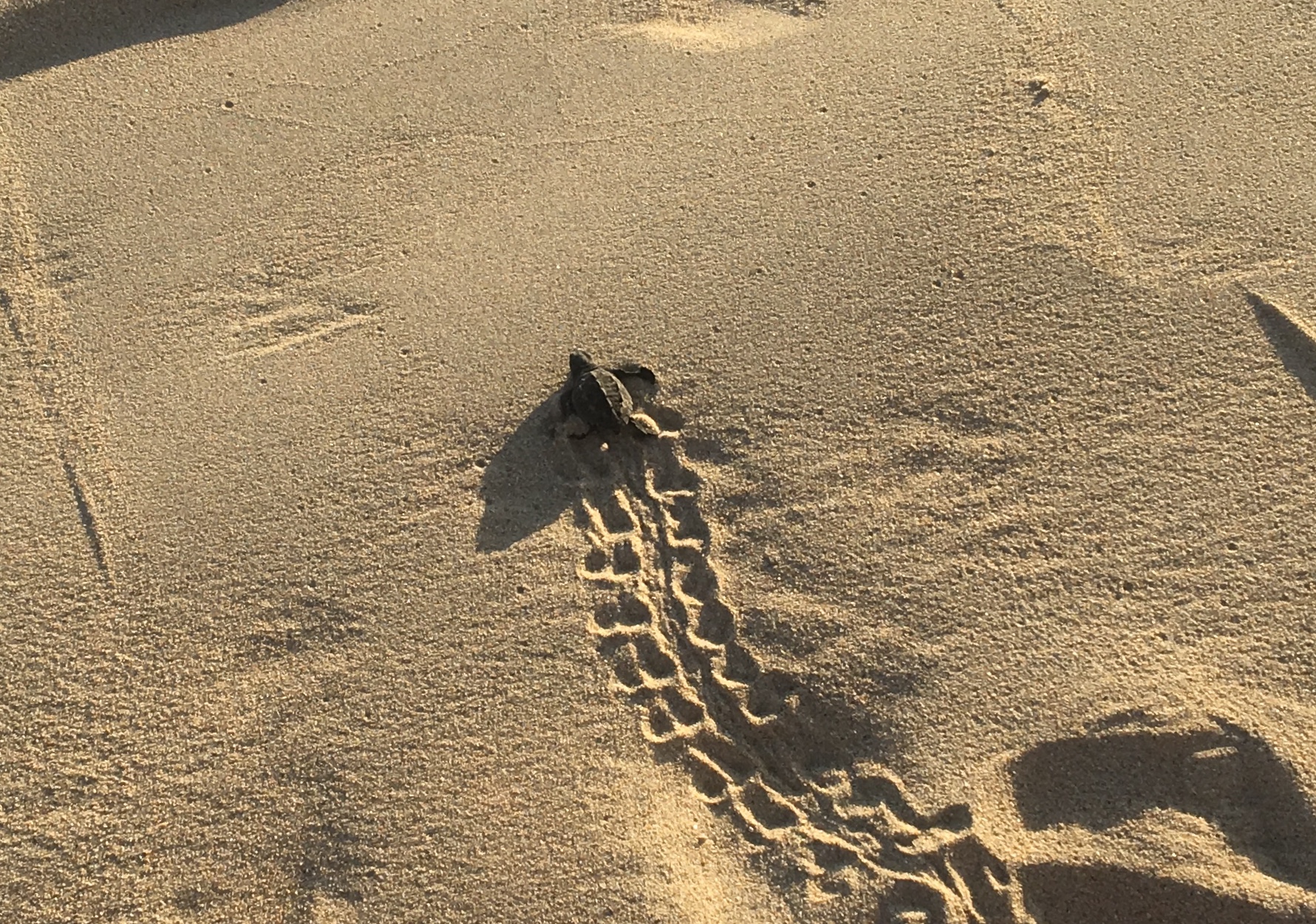
Once the talk concluded, we were fully convinced our money was going towards a good cause and we were each handed our baby turtles. About 25 people participated in the release that night.
It’s a bit of a dramatic release as you are not allowed to interfere with anything that may naturally affect the turtle actually making it to the ocean and once we released our turtles, the seagulls starting squawking overhead and crabs started to pop up along the beach and scurry towards the little hatchlings so Yim and I threw sand at each of the pests and both of our turtles made it safely into the ocean.
Only the exact amount of turtles needed for the registered participants are released at sunset, which is kind of cool. The rest of the turtles that have hatched that day are released by the employees at night.
Vive Mar can release hundreds of hatchlings each night. This is such an amazing effort by such a small group of amazing people.
If releasing turtles is not enough to make you want to visit, the beach alone might.
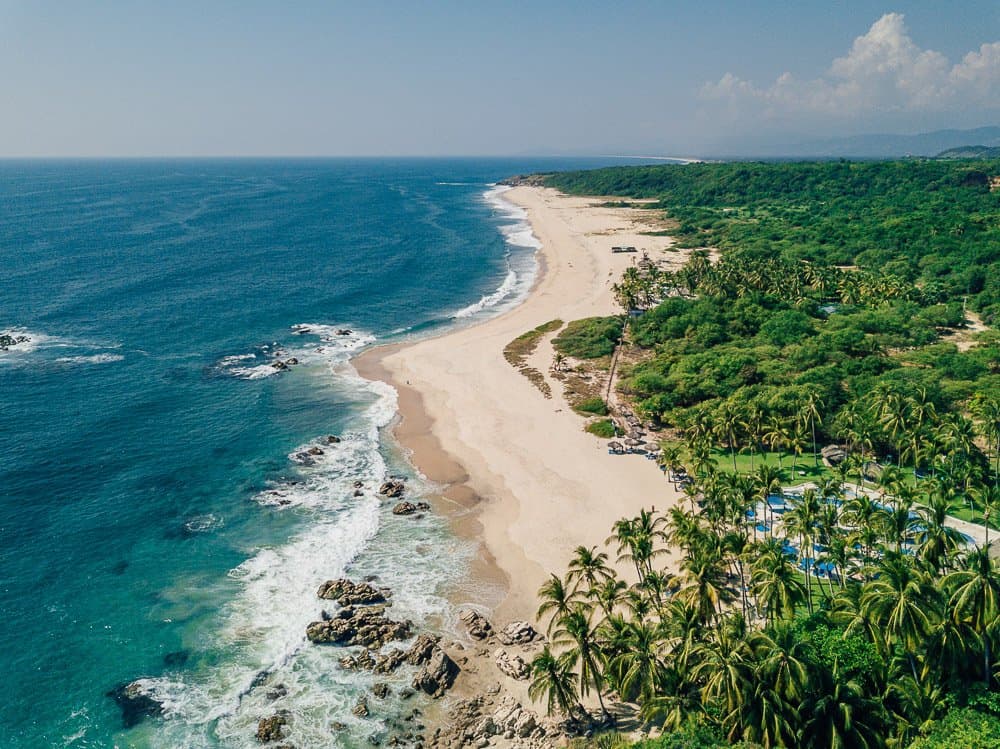

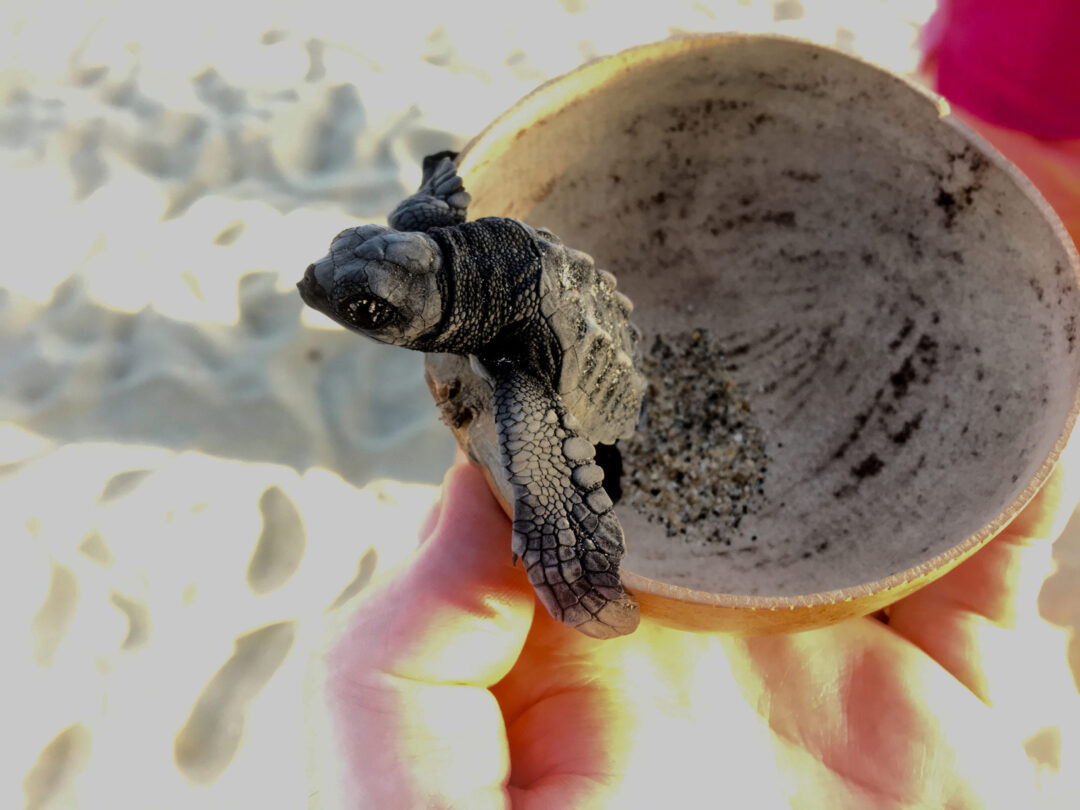

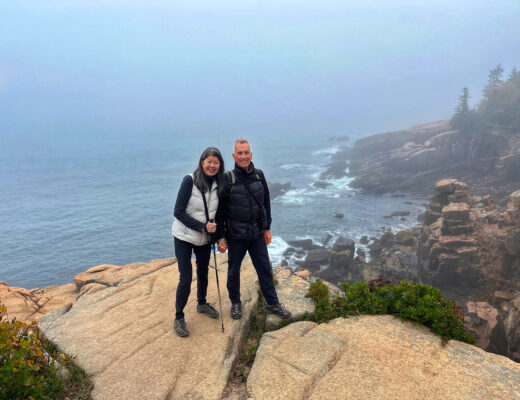
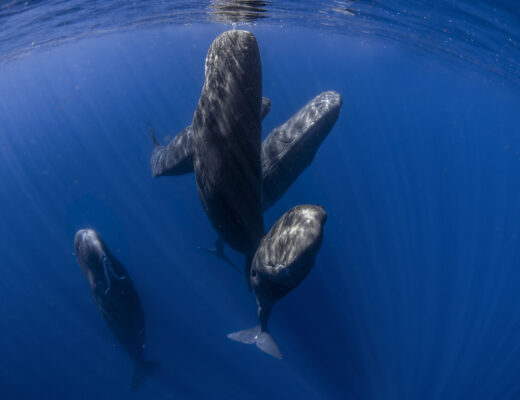

No Comments